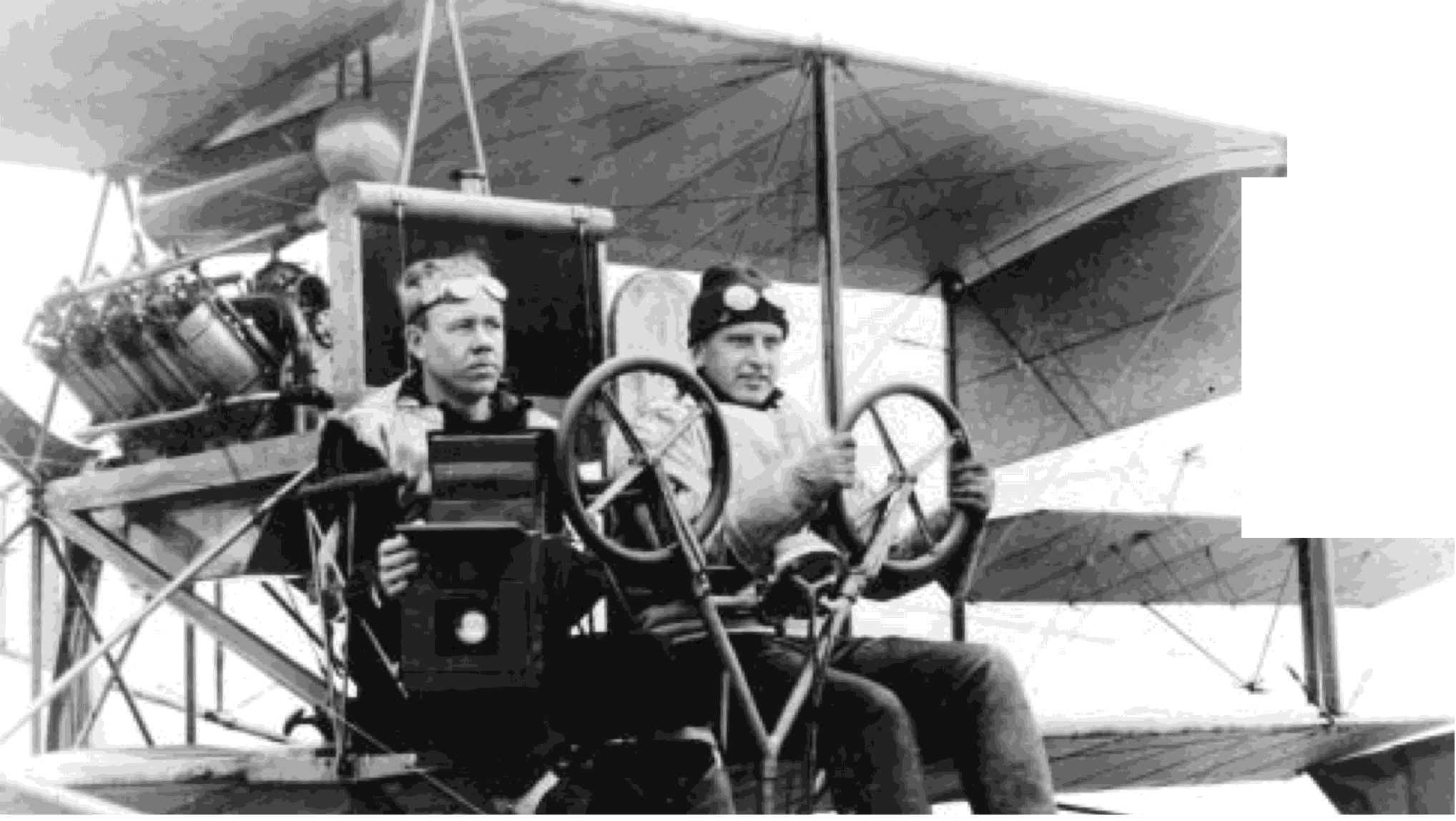

1916-Continued
February 1917. The aircraft became the Navy's most
popular training aircraft during World War 1.
12 August
The Secretary of the Navy agreed with
the Secretary of War that the straight Deperdussin sys-
tem of controlling aircraft in flight be adopted as the
standard system for use in all aircraft of both services.
17 August
The Secretary of the Navy approved a
reorganization of the Naval Aeronautic Station,
Pensacola, Fla. which reassigned the training of com-
missioned and enlisted personnel for aeronautic ser-
vices with the fleet as a primary mission, and ordered
the establishment of an Aeronautics School and
departments for Manufacturing, Experimental Test and
Inspection, Public Works, Supply and Medical.
29 August
The Naval Appropriation Act for fiscal
year 1917 provided for the establishment of a Naval
Flying Corps to be composed of 150 officers and 350
enlisted men in addition to those provided by law for
other branches of the Navy. It also provided for the
establishment of a Naval Reserve Force of six classes
including a Naval Reserve Flying Corps to be com-
posed of officers and enlisted men transferring from
I
L
UNITED STATES NAVAL AVIATION
1910-1995
21
the Naval Flying Corps; of surplus graduates of aero-
nautics schools; and of members of the Naval Reserve
Force with experience in aviation.
9 September
The initiation of formal flight testing
as a basis for accepting new aircraft and the establish-
ment of procedures for determining whether opera-
tional aircraft were safe to fly were provided for in an
order issued by the Secretary.
12 September
A
demonstration of guided missile equip-
ment-a piloted hydroaeroplane equipped with automatic
stabilization and direction gear developed by the Sperry
Company and P. C. Hewitt-was witnessed by Lieutenant
Theodore S. Wilkinson of the Bureau of Ordnance at
Amityville, Long Island, NY Wilkinson reported: "The
automatic control of the aeroplane is adequate and excel-
lent. The machine left the water without difficulty, climbed
to its desired height, maintained this altitude until the
end of the run, when it dived sharply; and, unless con-
trolled by the aviator, would have dived to the earth."
20 September
The
earliest extant instruction regard-
ing color of naval aircraft was issued. This instruction
canceled use of slate color and provided that wings,
body and pontoon of the N-9 be finished with opaque
yellow (or greenish-yellow) varnish.
1..11-
Pilot E. F Johnson and pioneer Naval photographer W L. Richardson 452495
 |
21 |
 |